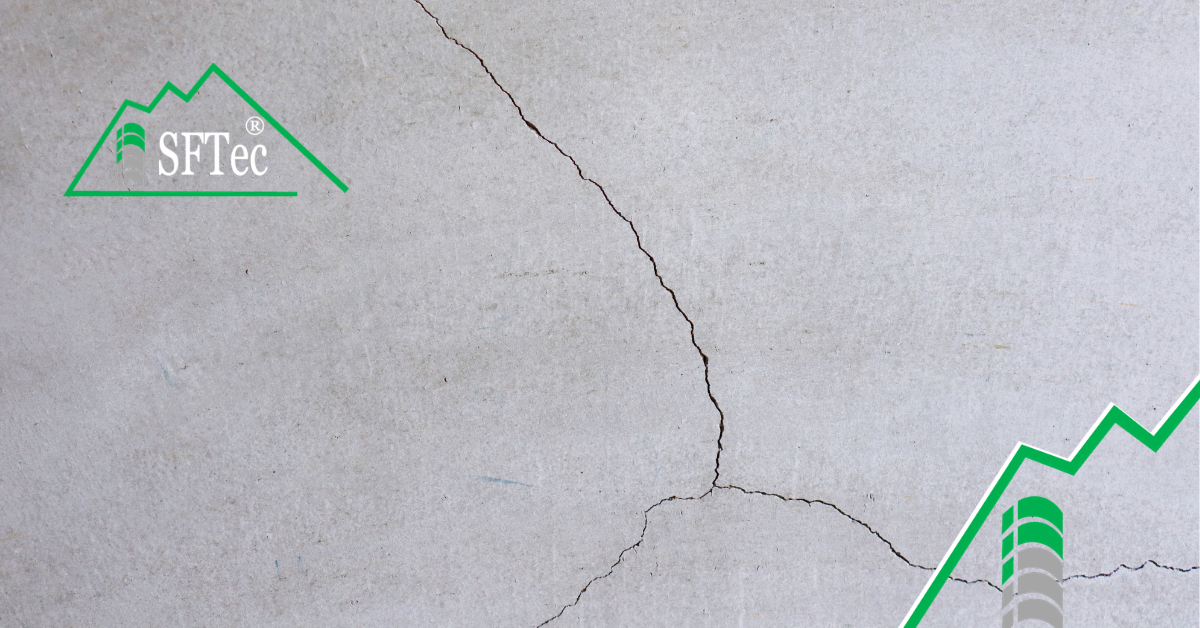Alkali resistant (AR) glass fibers are a great modern way of reinforcing your concrete/cement mix, while not having to compromise quality or strength. Concrete is a multi-purpose material and is strong on its own, but depending on the project you are working on, it is often beneficial to use some sort of material to reinforce it, and in this case, we are looking at why alkali resistant (AR) glass fibers, or SFT-AR GlassFiber, can make a difference in your construction.
What are alkali resistant (AR) glass fibers?
Alkali resistant (AR) glass fibers are specifically designed to be used in concrete mixes. These fibers are created by using a glass composition that was tried and tested for this particular purpose. They are made with the perfect amount of Zirconia (ZrO2), and are best used in cement, concrete and mortar reinforcement applications. These fiber strands are produced in bundles and are held together with resin.
What are the benefits of using alkali resistant (AR) glass fibers?
One of the major benefits of using these glass fibers as a concrete reinforcement is that they are light in weight (2.7 g/cm3) compared to other traditional materials that have been used, such as steel (7.8 g/cm3). These 18mm/19mm strands of glass fiber help to make the concrete more flexible and durable since they have a high tensile strength (700 Mpa) and modulus of elasticity (70GPa). They are also rust proof and make the ideal material for any sort of water-inclusive project. Using alkali resistant (AR) glass fibers can also reduce the amount of concrete required for building since it is a strong filler, providing ductility beating out steel once again. Over time, these fibers do not stretch or warp in any way, have a high melting point (800°C) and hold together strongly in any situation, making them ideal for long-lasting feats of engineering.
How to use alkali resistant (AR) glass fibers?
Most alkali resistant (AR) glass fibers are used in compounded cement that are applied more as structural mixes, rather than front-facing mixes, as these strands are bundled and can sometimes be seen if not mixed properly. Mixing these fibers is a delicate process, as it needs to be carefully mixed to not show the strands of fiber, while at the same time, not over mixing as that can increase the likelihood of shredding the fibers making the cement less durable and presentable. Adding the fibers nearing the end of the concrete mixing process is recommended, to prevent the chance of breaking down the fibers. The range of glass fibers that should be included in your cement mix is between 1% and 6%, depending on the mix recipe and application, with the average being 3% depending on the desired outcome.
Overall, using alkali resistant (AR) glass fibers is ideal for any long-lasting GFRC, precast, or general-ready cement mixed projects being the perfect solution because they stay in place, are strong, can protect against any environmental damage, and is a light-weight material. They make the perfect addition to any concrete/cement mix saving you time now and costs later.



